Apple unveiled AirPods Pro on Monday via press release, and speculation is now rife that Apple plans to trickle out further product announcements this week, with Apple's widely anticipated 16-inch MacBook Pro rumored to be next.
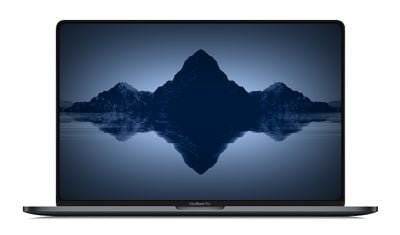
Apple's plans to release a 16-inch MacBook Pro were first revealed by analyst Ming-Chi Kuo back in February. Kuo said Apple was working on a 16-inch MacBook Pro with an all-new design, including the return of a more reliable scissor mechanism keyboard, for release by the end of 2019. Bloomberg's Mark Gurman has also reported that the notebook is coming in 2019.
On Monday, Gurman noted that Apple's new AirPods require macOS 10.15.1 to work on Macs, but Apple hasn't released this to the public, despite launching iOS 13.2 with AirPods Pro support. Gurman speculates that Apple could be holding back the next macOS update until later today because it may contain references to the 16-inch MacBook Pro that Apple doesn't want to draw attention to just yet.
The AirPods ship Wednesday and require macOS 10.15.1, which was not released today despite iOS 13.2 launching. So it probably has some 16-inch MacBook Pro references that Apple wants to hide. So the Pro should be tomorrow? Keyboard is a “delight,” though we’ve heard that before. — Mark Gurman (@markgurman) October 29, 2019
Technically, that horse bolted earlier this month, when icons likely depicting a 16-inch MacBook Pro were found in the first two betas of macOS Catalina 10.15.1 released to developers. Still, it's possible Apple doesn't want to let the cat out the bag completely by shipping the update to the general public.
Stoking expectations further last week was hit-or-miss industry publication DigiTimes, which cited supply chain sources claiming the 16-inch MacBook Pro will be available by the end of October.
DigiTimes' sources said Quanta Computer had already begun volume shipments of the 16-inch MacBook Pro, which would have an "ultra-thin bezel design," the aforementioned scissor keyboard, and Intel's latest Coffee Lake Refresh or Ice Lake processors (although Intel has yet to announce Ice Lake chips appropriate for a high-end MacBook Pro).
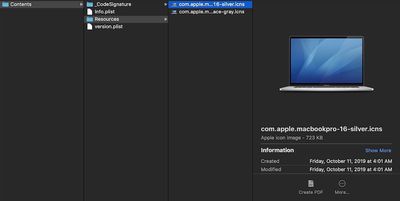
The slimmer bezels would result in the 16-inch MacBook Pro being around the same size as the existing 15-inch model, despite having a larger display. IHS Markit analyst Jeff Lin believes the notebook's resolution will be 3,072x1,920 pixels.
Apple is expected to position the 16-inch MacBook Pro at the high end of its notebook lineup, with existing 15-inch and 13-inch MacBook Pro models remaining available and following suit with scissor keyboards in 2020, according to Kuo.
In his latest tweet, Gurman says he has heard that the new scissor keyboard on the rumored 16-inch MacBook Pro is a "delight," although he also notes that "we've heard that before" in relation to Apple's much-derided butterfly mechanism keyboard. Hopefully it won't be long before the public can gauge any improvements themselves.
In March of this year, Apple quietly trickled out new AirPods, iPads, and Macs over the course of three consecutive days. Does the company have more staggered releases in store the same week it announces its September-quarter financial results? Could we see the new Mac Pro, so-called "AirTags," or something more in the lead-up to the official launch of Apple TV+ this Friday? Watch this space.


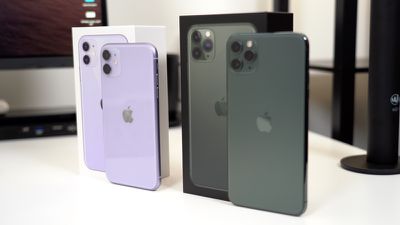
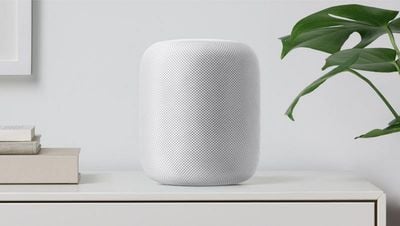




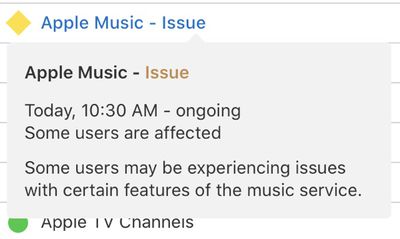

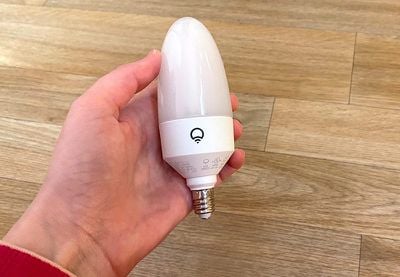
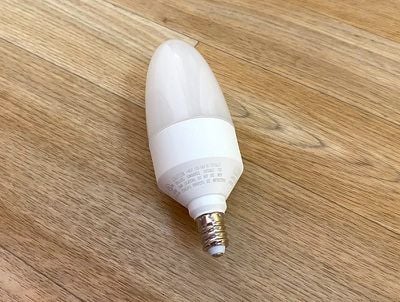
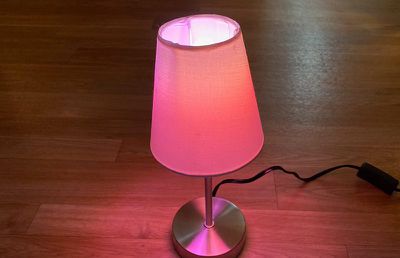
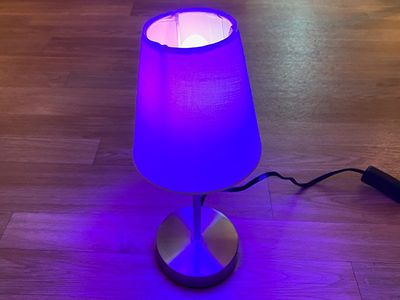
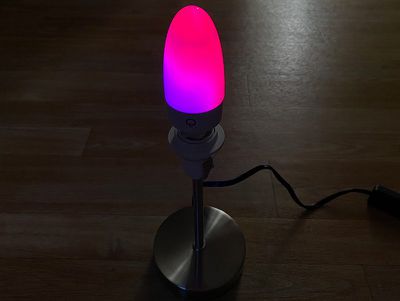
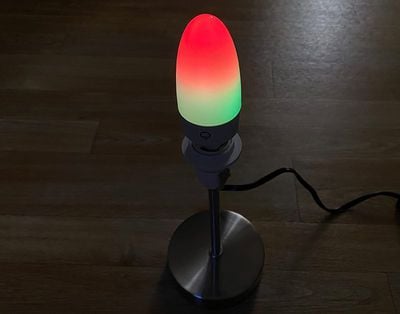
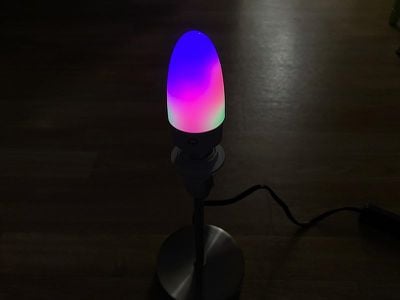
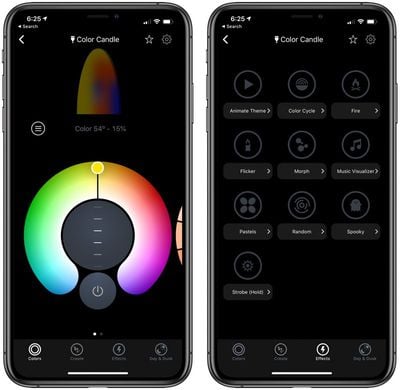
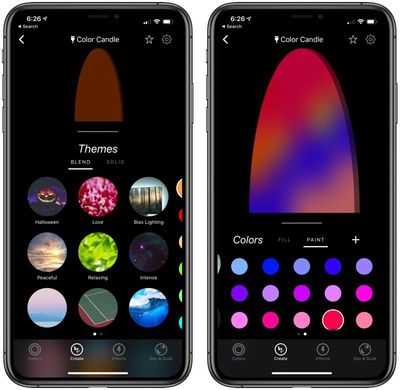
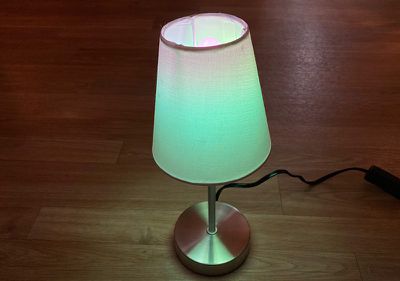
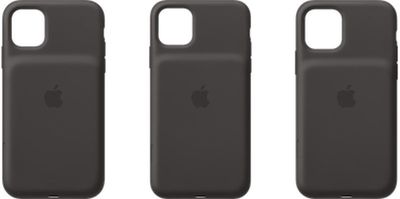

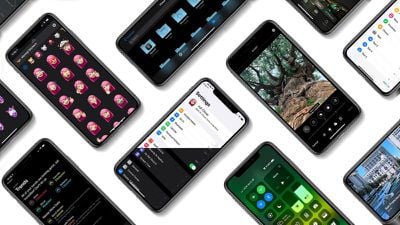
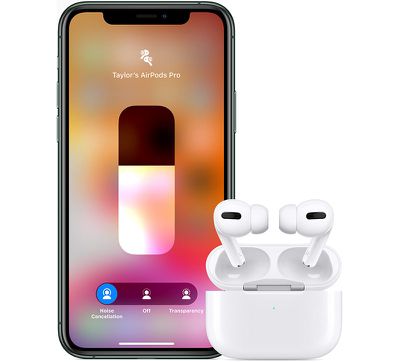
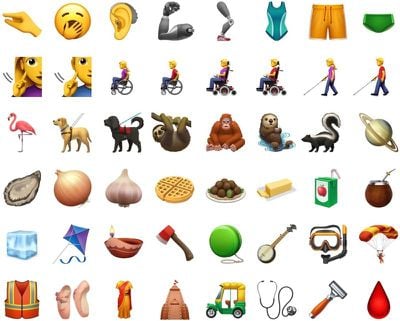

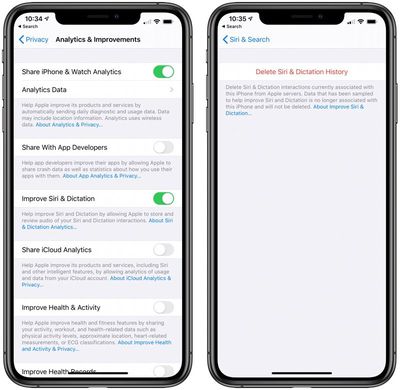
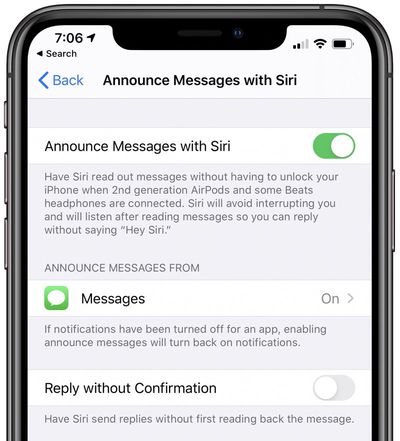
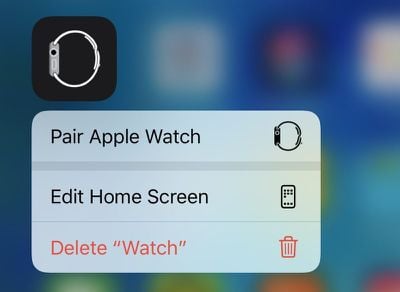
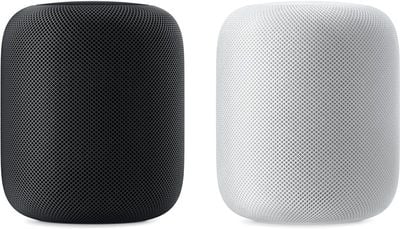
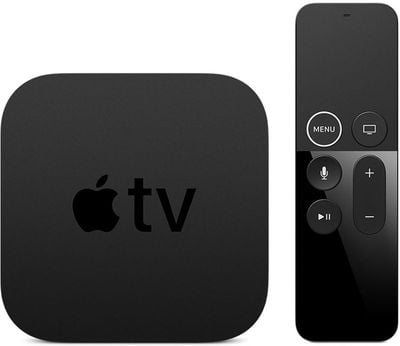
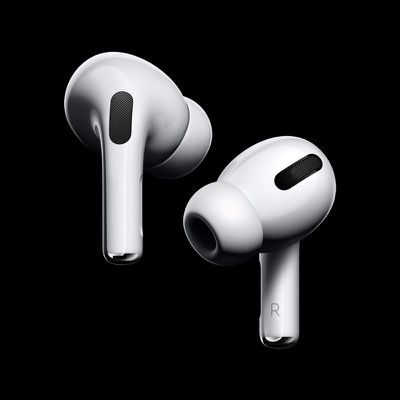
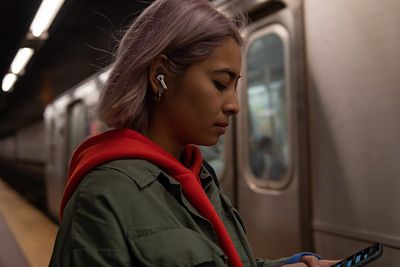
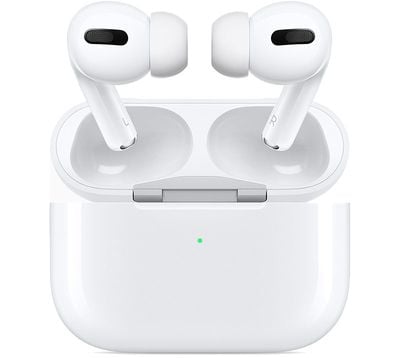
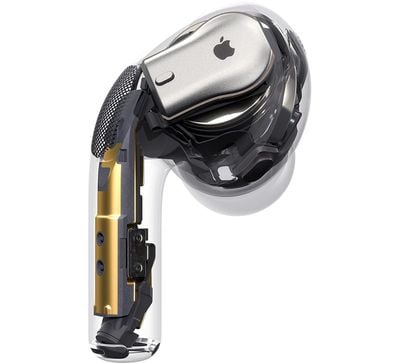
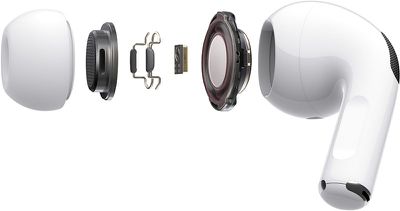
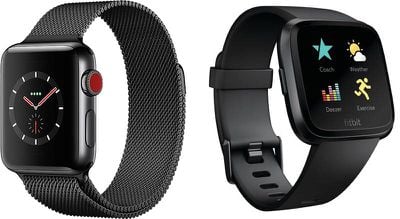
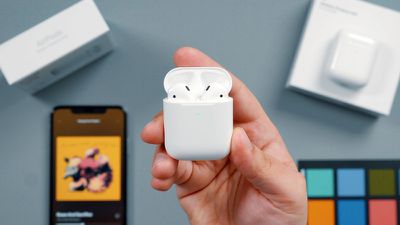 Note: MacRumors is an affiliate partner with these vendors. When you click a link and make a purchase, we may receive a small payment, which helps us keep the site running.
Note: MacRumors is an affiliate partner with these vendors. When you click a link and make a purchase, we may receive a small payment, which helps us keep the site running.













